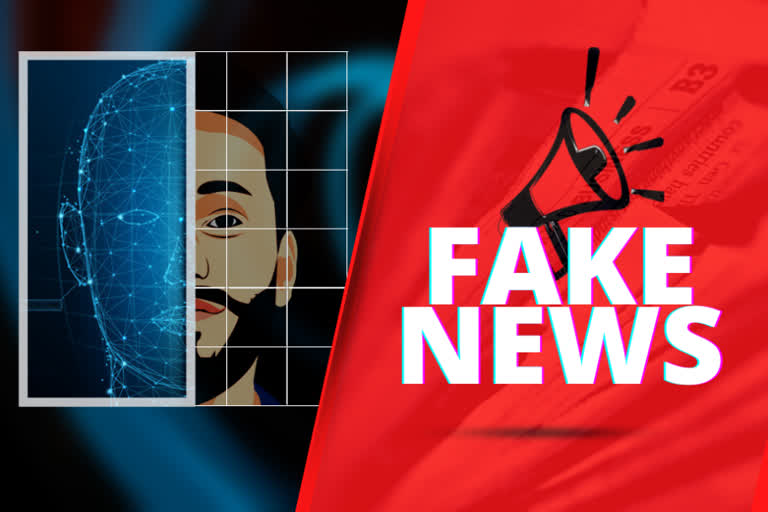Delhi: Col. Inderjeet talks of how ther has been a shift in getting the news from various sources. Traditionally, we used to get our news from trusted sources, journalists, and media outlets that required to follow strict codes of practice. However, the internet has enabled a whole new way to publish, share, and ingest information and news with very little regulations or editorial standards. Renowned media groups do give authentic information.
Many people now go on to social media sites for news, often it can be difficult to judge the credibility of those news articles and stories. Broadly, Information overload and lack of understanding about how the internet works has also contributed to an increase in the circulation of fake news or hoax stories. Social media plays a major role in increasing the reach of these types of stories. Circulating false information on social media can be a profitable business, generating advertising revenue for publishers who create and publish stories that go viral.
- Artificial Intelligence (AI) now enables the mass creation of what is known as “Deepfakes” – creating synthetic videos that closely resemble real videos.
- Deepfakes are fake videos created using digital software, Machine Learning, and Face Swapping.
- Deepfakes are computer-created artificial videos in which images are combined to create new footage that depicts events, statements, and actions that never actually happened. The results can be quite convincing.
- Deepfakes differ from other forms of false information by being very difficult to be identified as false.
Col. Inderjeet adds on that Deepfakes relies on Machine Learning algorithms and deep Learning techniques which creates highly convincing “face-graft”, videos where the expressions of one person are carefully superimposed onto the head of another or are used to produce or alter video to make it look like something happened, though it did not. Alternatively, existing recordings of a person’s lip movements and voice can be used to reverse engineer their speech to have them say any sentence which they never spoke. The results can be alarmingly convincing, especially with the low-resolution video that is common online.
There are two categories of Deepfakes - malicious and non-malicious, known as synthetic media. With synthetic media, scammers now have a new arsenal to create unprecedented chaos.
Also Read:Deepfakes: The dark side of Artificial Intelligence
Looking at the state of the internet today, we see that the rise of “fake news” and “deep fakes” comes not just due to technological advancements, but because we as a society have started believing everything whether fake news or otherwise, we read on the Internet and share it.
Fake news mostly referred to as junk news or pseudo-news, hoax news, WhatsApp news, etc.
It is a form of propaganda created with the purpose of distributing deliberate disinformation or false news using traditional print or online social media platforms.
Forms of Fake News are –
- Satire or parody
- Misleading content
- Imposter content
- Fabricated content
- False connection
- False context
- Manipulated content
Fake news has become a significant problem globally in the past couple of years. It is common to find renowned individuals and even members of the states using misinformation to influence individuals' actions whether consciously or subconsciously.
Col Inderjeet continues to explain ," Fake news comes in many forms- audio and video messages, text messages, websites, magazines, and so on. Deepfakes technology enable anyone to create fabricated but realistic videos of public figures that may then be shared online without any obvious markers distinguishing them from genuine footage. AI is also being used to synthesize high-quality audio mimicking human voices."
